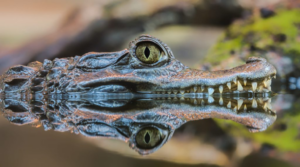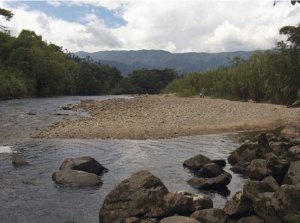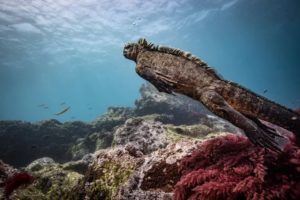El Panecillo is a hill located in the city of Quito, the capital of Ecuador. Here are some curious and interesting facts about the Panecillo:
Location and significance: El Panecillo is located in the historic center of Quito and has an altitude of approximately 3,000 meters above sea level. Its name comes from its rounded and conical shape, which resembles a small bread (panecillo in Spanish).

Foto: Virgen del Panecillo
Monument of the Virgin of Quito: At the top of the Panecillo is a statue of the Virgin of Quito, which is one of the most emblematic symbols of the city. The statue was built in aluminum and rises to 45 meters high, including the pedestal. It is the tallest aluminum statue in the world.
History and construction: The construction of the statue of the Virgin of Quito was carried out between 1975 and 1976 by Ecuadorian artist Agustín de la Herrán Matorras. The statue was assembled in 7,000 pieces of aluminum and then transported to the top of the Panecillo.

Foto; Revista Clave
Panoramic views: From the top of the Panecillo you can enjoy breathtaking panoramic views of the city of Quito and its surroundings. It is a popular place for tourists and locals who wish to appreciate the beauty of the city from above.
Historical and cultural importance: El Panecillo has been a significant place in Quito’s history and culture. In the past, the indigenous inhabitants worshipped the sun and the moon in this sacred place. In addition, in colonial times, the Panecillo was used as a strategic point for the defense of the city.
Access to Panecillo: Panecillo can be accessed through a road that winds its way to the top. There are also a series of stairways that allow visitors to climb on foot. However, it is important to use caution and be aware of security, especially during off-peak tourist hours.
Tourist attraction: El Panecillo is one of Quito’s most popular tourist destinations. Visitors can enjoy the natural beauty of the place, explore the surroundings and learn about the history and culture of the city.

Foto: ViajandoX




